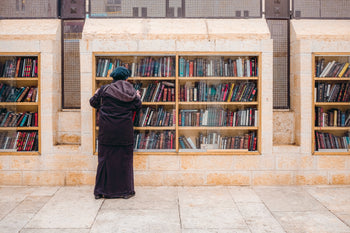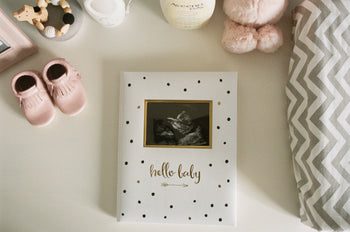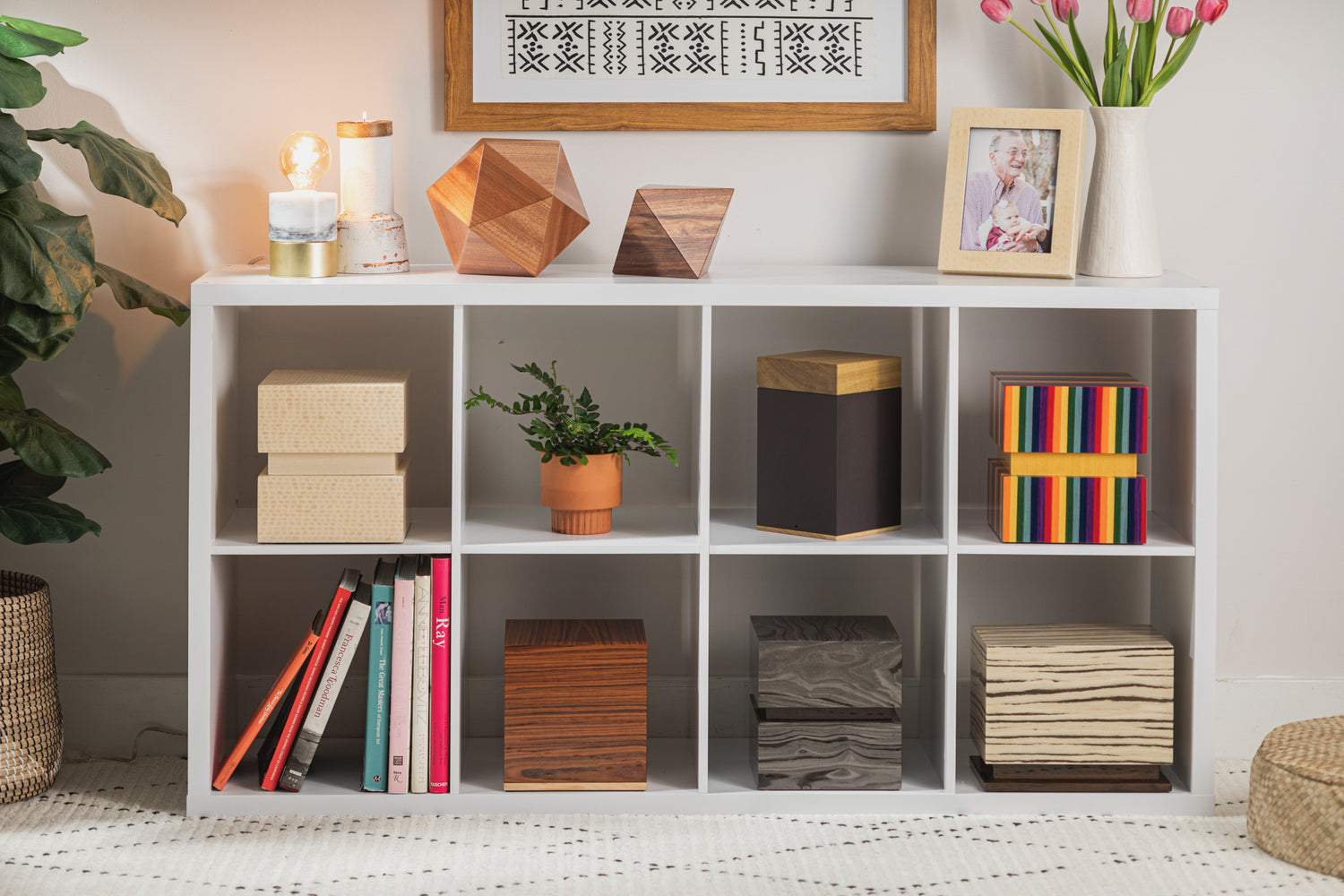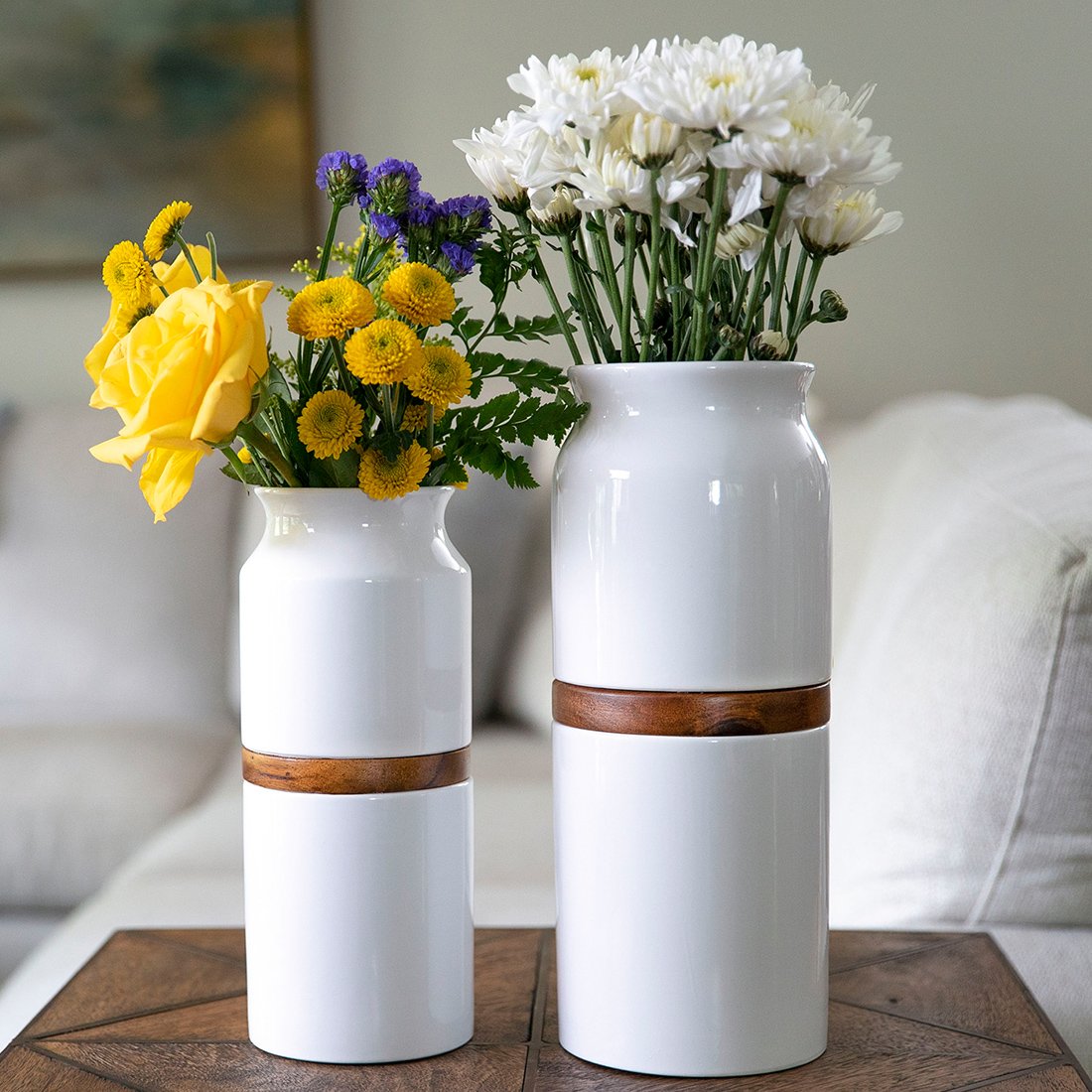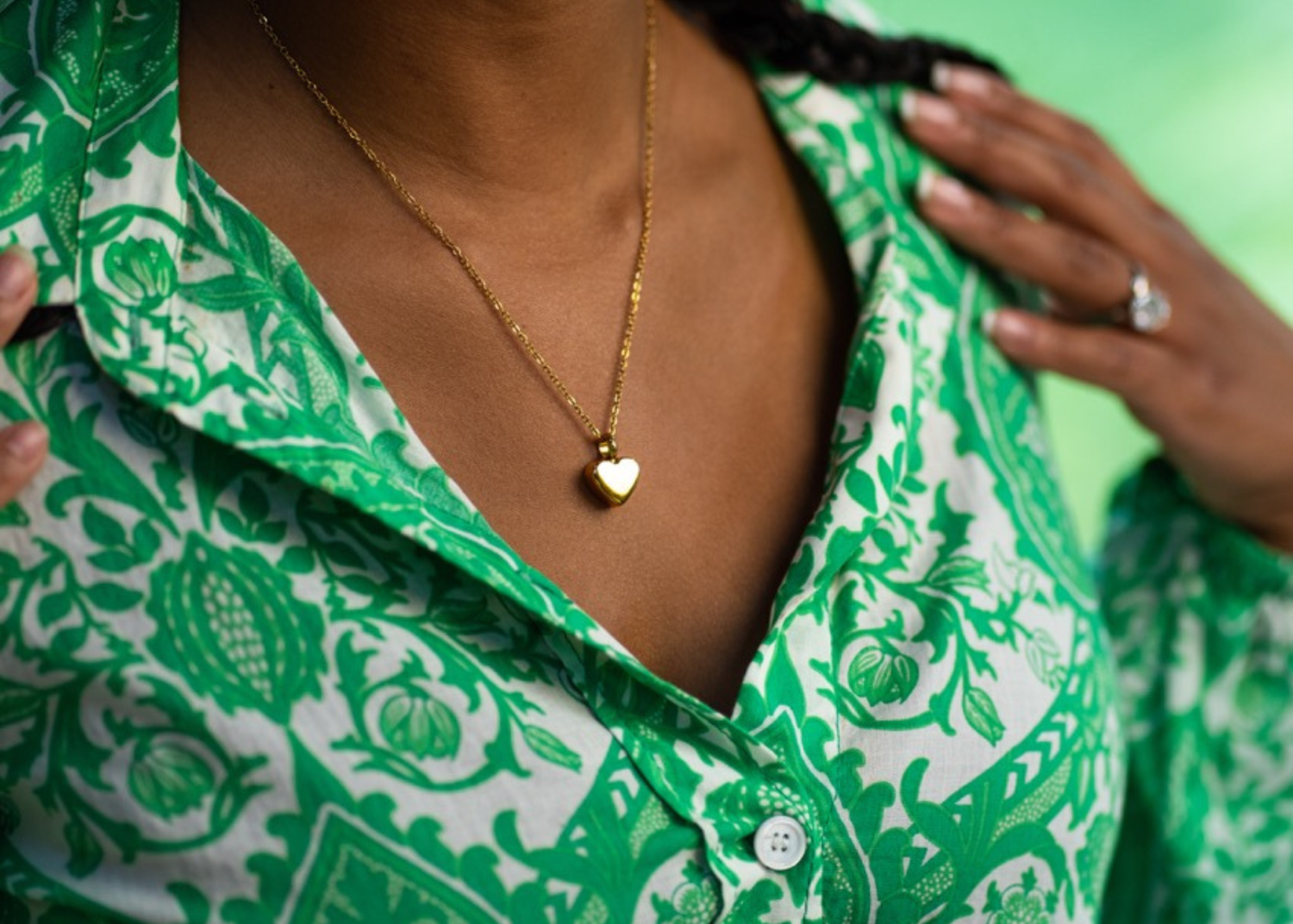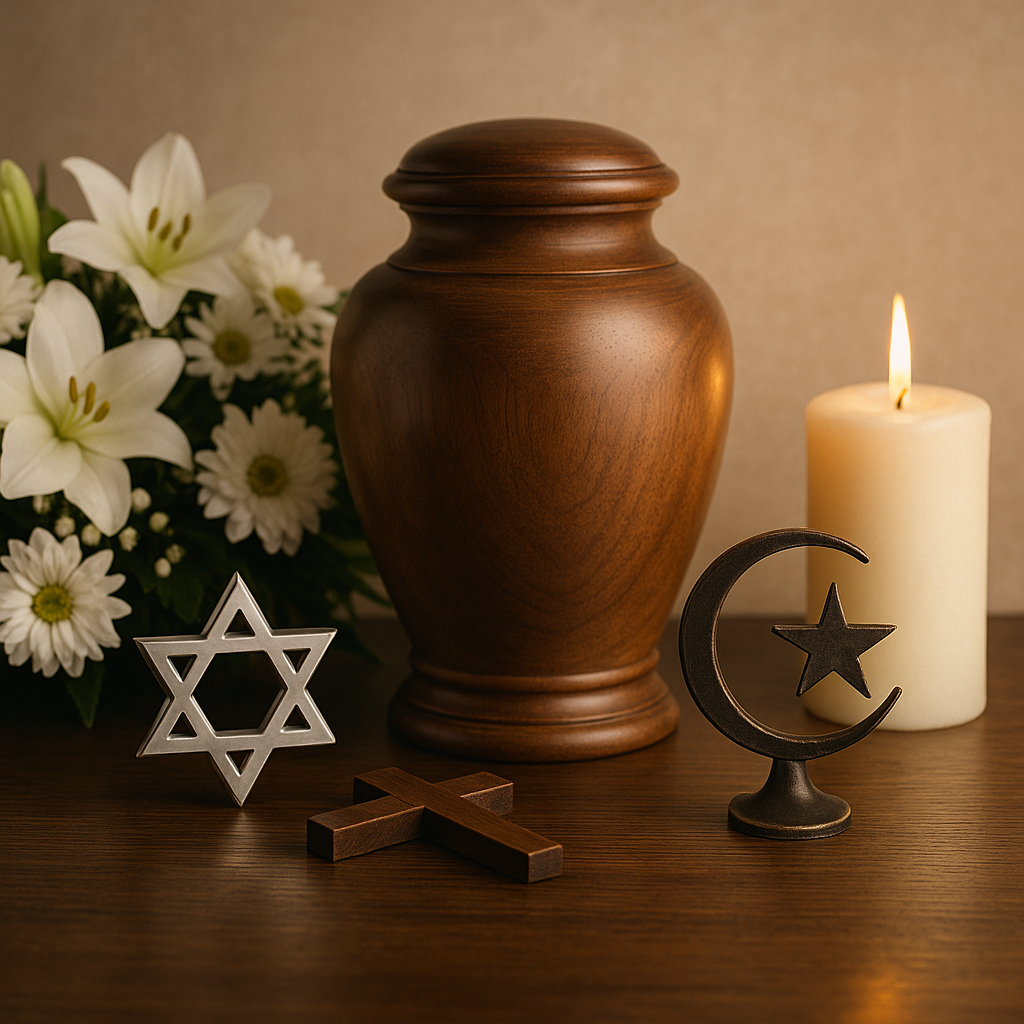

In a world where interfaith families and multicultural communities are increasingly common, funeral planning must adapt to reflect this diversity. Multifaith funeral services honor the beliefs, values, and traditions of more than one religion, often blending rituals in ways that are respectful, inclusive, and deeply meaningful.
Whether you’re planning a service for a family member with ties to more than one faith or navigating different traditions within a single family, thoughtful multifaith funeral planning can create a powerful, healing tribute. This guide offers best practices for families and funeral professionals to help bridge spiritual perspectives with compassion and care.
Why Multifaith Funerals Are Becoming More Common
Several cultural trends are driving the rise in multifaith funeral services:
-
Interfaith Marriages: Spouses often bring different religious or spiritual backgrounds to a household.
-
Multicultural Families: Global mobility means extended families may reflect a range of traditions.
-
Spiritual-but-Not-Religious: Many individuals identify with elements of multiple faiths or secular worldviews.
-
Inclusive Beliefs: Loved ones may have practiced one religion but respected others, or transitioned between belief systems during their lives.
Rather than forcing a single tradition, multifaith funerals aim to honor a person’s full spiritual identity and the diverse perspectives of those mourning their loss.
Step 1: Understand the Religious Contexts Involved
Begin by identifying the religious or spiritual traditions that should be represented. This could include:
-
The beliefs of the deceased
-
The practices of the immediate family
-
The customs important to different sides of the family or community
If the deceased practiced more than one faith, or if family members come from varying religious backgrounds, consider speaking with spiritual leaders or cultural advisors to understand what is essential to include or avoid.
Some questions to ask:
-
Were there any stated funeral preferences by the deceased?
-
Are there time-sensitive practices (e.g., Jewish burial within 24 hours)?
-
Are certain rituals non-negotiable for one faith tradition?
-
Are there dietary, dress, or gender-based customs to consider?
Taking the time to listen deeply—and document key practices—will guide the service structure and reduce misunderstandings.
Step 2: Select an Inclusive Venue and Officiant
The right setting sets the tone for multifaith respect. Many families choose:
-
A neutral venue such as a funeral home, memorial park, or community hall
-
A house of worship that is open to interfaith services
-
A family home or outdoor location
The officiant plays a critical role. You may choose:
-
A non-denominational celebrant or chaplain trained in interfaith services
-
Multiple clergy members representing each faith
-
A family member or friend comfortable leading the ceremony
Ensure each spiritual leader is aware of the multifaith context and comfortable collaborating with others. Pre-service planning calls or joint walkthroughs help avoid surprises or cultural friction.
Step 3: Structure the Service Thoughtfully
A well-structured multifaith service balances representation and flow. Consider:
-
Opening: A welcome message that sets the inclusive tone
-
Spiritual Elements: Prayers, readings, or chants from each faith (in alternation or combined)
-
Personal Tributes: Eulogies, stories, or letters
-
Rituals: Candle lighting, hand washing, incense, flower offerings, or moment of silence
-
Music: Choose selections with spiritual meaning across traditions or shared family favorites
-
Closing: A blessing or benediction offered in multiple languages or traditions
Avoid cramming too many rituals without explanation. Use printed programs to guide guests and briefly introduce each element.
Step 4: Acknowledge Cultural Symbols with Care
Visual symbols are powerful. Use them respectfully and contextually:
-
Display a photograph of the loved one with symbols meaningful to their life
-
Include floral arrangements, cloths, or art from each culture represented
-
Avoid exclusive religious imagery that might alienate guests unless essential to the deceased’s identity
One idea is to create a shared altar or memory table with:
-
A Bible, Qur’an, or Torah
-
Candles or incense
-
Photos or keepsakes
-
Notes or tributes from guests
For cremation services, urns with simple, modern design can be a unifying visual centerpiece, avoiding denominational imagery while offering elegance and reverence.
Step 5: Include Everyone in Rituals
Offer guests optional ways to participate in collective remembrance:
-
Signing a memory book
-
Adding notes or photos to a memory wall
-
Dropping flower petals during a scattering ceremony
-
Sharing favorite prayers or sayings
For example, some services incorporate a memorial time capsule, allowing loved ones from different faiths to contribute mementos for future generations.
Participation fosters healing and honors the shared humanity behind each tradition.
Step 6: Navigate Challenges with Compassion
Tension can arise when grief meets cultural expectation. Consider:
-
One side of the family wanting a traditional burial while another prefers cremation
-
Disagreements over religious readings, speakers, or attire
-
Differing views on grief expression—silence vs. song, solemnity vs. celebration
To address these:
-
Appoint a compassionate family liaison to mediate preferences
-
Focus on what mattered most to the deceased
-
Offer side-by-side elements rather than blended ones if compromise is difficult
-
Hold separate private rituals if a joint service isn't feasible
Most importantly, keep the tone centered on love, remembrance, and connection.
Step 7: Support Guests with Information
Because multifaith services may include unfamiliar elements, provide guests with:
-
A printed or digital program explaining each segment
-
Guidance on what to expect and how to participate
-
Suggested attire or etiquette notes
-
A follow-up message with thanks, photos, or memorial donation links
This helps people from different traditions feel included and appreciated.
Step 8: Continue the Rituals Beyond the Service
Grief doesn’t end when the last guest leaves. Consider hosting ongoing traditions or gatherings that allow family members to continue honoring loved ones across faiths:
-
A memorial garden with symbols from multiple traditions
-
Annual remembrance events aligned with major holidays from each culture
-
Shared digital tributes or podcasts that reflect blended spiritual themes
You might also explore keepsakes like engraved cremation jewelry or custom urns with universal symbols, which serve as everyday reminders of unity and remembrance.
Final Thoughts
Multifaith funeral planning invites families and communities to bridge differences with love. It’s not about diluting faith—it’s about honoring the full truth of a person’s life and the people who loved them.
By leading with compassion, collaboration, and curiosity, families can craft a service that offers space for everyone to say goodbye in a way that feels authentic and sacred.
At Oaktree Memorials, we believe remembrance should reflect the full beauty of a life—including its complexity, culture, and connection. Let us help you find keepsakes and resources that speak to your values, your story, and your legacy.
Explore compassionate strategies for planning ammultifaith funeral that honors diverse traditions, promotes unity, and supports meaningful remembrance.
Our Best Selling Collection
Frequently Asked Questions
What are the shipping options for my memorial?
Oaktree offers free nationwide shipping on all urns and cremation jewelry items, with delivery typically taking 2-5 business days, including processing time. Need it sooner? Expedited shipping (overnight or 2-day) is available at checkout for an additional cost, and we will also prioritize processing for faster delivery. If you need international shipping, please contact us first to confirm availability and rates.
How long will it take for my engraved item to arrive?
Engraved urns and cremation necklaces require an additional 1-3 business days for personalization before shipping. If you need faster delivery, please contact us—we’ll do our best to expedite processing and accommodate your timeline. Expedited shipping options are also available at checkout to ensure your memorial arrives as soon as possible.
What do I do if I never received my order?
If your order hasn’t arrived within 10 business days, please contact us so we can track your shipment and resolve any issues. We’ll ensure your memorial reaches you as soon as possible.
What do I do if I received a defective order?
If your order arrives damaged or defective, contact us right away. We take pride in our high-quality craftsmanship and will work quickly to replace or repair your item at no additional cost.
Can I return my urn or cremation necklace? What is your return policy?
Oaktree offers a 100-day return and exchange policy for non-engraved items. Due to personalization, engraved urns are final sale and cannot be returned. For full details on how to start a return or exchange, visit our Returns & Exchanges page.
How do I make changes to an urn I’ve already ordered?
If you need to modify an order, contact us as soon as possible. If your urn is already engraved, we may not be able to make changes, but we’ll do our best to accommodate your request before processing.
How are your urns made? Where do the materials come from?
Oaktree’s urns are handcrafted in the USA and Europe using sustainable, locally sourced materials. Our artisans ensure each piece is beautifully designed and built to honor your loved one’s memory with care.
How do I choose the right urn size?
Each product page includes detailed dimensions, weight capacity, and cubic inches to help you select the right urn. As a general guide, 1 cubic inch holds 1 pound of pre-cremation weight. If you need help choosing, feel free to contact us.
Some urns are marked as “sold out.” When will they be available?
Our handmade urns may take a few weeks to restock. If you’re interested in a specific style, contact us for an estimated restock date, and we’ll notify you when it’s available.
Does Oaktree place the ashes into my urn?
Yes, we offer an optional ash transfer service for an additional fee. If you’d like us to handle this process, please contact us when placing your order. You’ll need to mail the ashes to us, and we’ll carefully transfer them into your selected urn.
How do I transfer ashes into my urn?
Cremated remains typically arrive in a sealed plastic bag inside a plastic container. To transfer them, simply place the sealed bag inside your urn. If needed, use a funnel for precise placement. If you have any concerns, our team is happy to assist.
How do I order an engraved urn?
To personalize your urn, select “Yes” under “Would you like your item engraved?” on the product page. If you’d like a custom design beyond standard engraving, contact us and we’ll explore options to create a unique tribute.
Can my urn be shipped directly to a funeral home?
Yes! During checkout, you can enter the funeral home’s address for direct shipping.
Can I customize my urn beyond engraving?
Yes! In addition to engraving, we offer custom design services, including unique finishes, symbols, or artwork. If you’d like to personalize your urn beyond standard options, contact us to discuss customization possibilities.
What materials are Oaktree urns made from?
Our urns are crafted from premium materials such as wood, ceramic, marble, metal, and biodegradable materials. We focus on sustainable sourcing and high-quality craftsmanship to create lasting memorials.
Do you offer keepsake urns or mini urns?
Yes, we offer keepsake urns and mini urns, which are smaller versions designed for sharing ashes among family members or keeping a small portion as a personal tribute.
Can I pre-order an urn for future use?
Absolutely! Many customers choose to pre-order an urn in advance. This ensures availability and allows for customization without time constraints. Contact us to arrange a pre-order.
Do you offer pet urns?
Yes, we provide a range of pet memorial urns designed to honor beloved pets. These are available in different materials and sizes to suit dogs, cats, and other pets.
How do I clean and maintain my urn?
Urns require gentle care to maintain their beauty. Use a soft cloth and mild cleaner for metal or ceramic urns. Avoid direct sunlight and moisture to preserve wood urns. Contact us for specific care instructions based on your urn’s material.
Can I travel with an urn? Are they TSA-approved?
Most Oaktree urns are TSA-compliant, making them safe for air travel. Choose a non-metal urn to ensure easy screening. We recommend carrying the urn in your carry-on bag and bringing the cremation certificate from the funeral home.
How do I track my order?
Once your order ships, we’ll send you a tracking number via email. You can use this to monitor the shipment status. If you don’t receive tracking details, contact us for assistance.
How do I contact Oaktree if my question isn’t answered here?
We’re happy to assist! Visit our Contact Us page to reach us via email, chat, or phone. Our compassionate team is ready to help.

